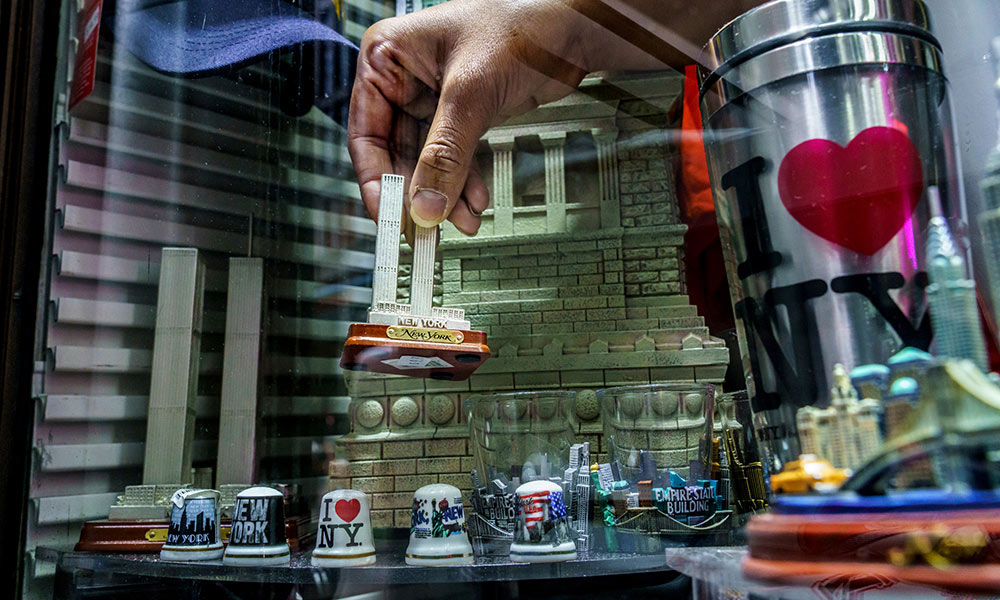
在1973年纽约世贸中心双子塔刚刚竣工的时候,曾经获得普利策奖的建筑评论家霍爱妲(Ada Louise Huxtable)在《纽约时报》撰文称,双子塔虽然是当时全球最高的建筑,但“并非伟大的建筑,纽约港务局(也就是双子塔的政府开发方)的这个项目,就像一部迪士尼的童话大片,是一个通用汽车风与哥特风杂糅的建筑。”这算不上是正面的评价,而日后闻名世界的双子塔也从来不是纽约人的最爱。1987年的一期《纽约》杂志以《纽约人最讨厌的建筑》作为封面故事,而双子塔在10个上榜建筑中排名第5位,理由是:“虽然双子塔周围十分繁华,而且每天都有13万人从它身下经过,但它看起来就像是据守曼哈顿下城的两只大海怪。”
尽管反响平平,但双子塔还是很快成为了纽约的象征。特别是摄影师们发现,不过论从地上、海上还是空中观察,双子塔都堪称是曼哈顿的地标建筑。从空中看,纽约市的行政区域仿佛一个巨大的五角星,而双子塔正好位于这个五角星的正中。这是一座你无论无何都无法忽视的建筑,所以纽约人最终还是接受了它成为继帝国大厦和克莱斯勒大厦之后的纽约第三大地标。
如今,在“后9·11时代”的纽约市,双子塔已经成了一个标志、一种象征。如果你仔细观察的话,你会发现双子塔无处不在。它们经常出现在餐厅和商店的标识上,像一个幻肢一样矗立在它们原来的位置。在“9·11”事件20周年之际,《财富》杂志与摄影师马克·彼得森一道,探索了在倒掉20年后,双子塔如何继续影响和塑造着这座它们曾经矗立过的城市。
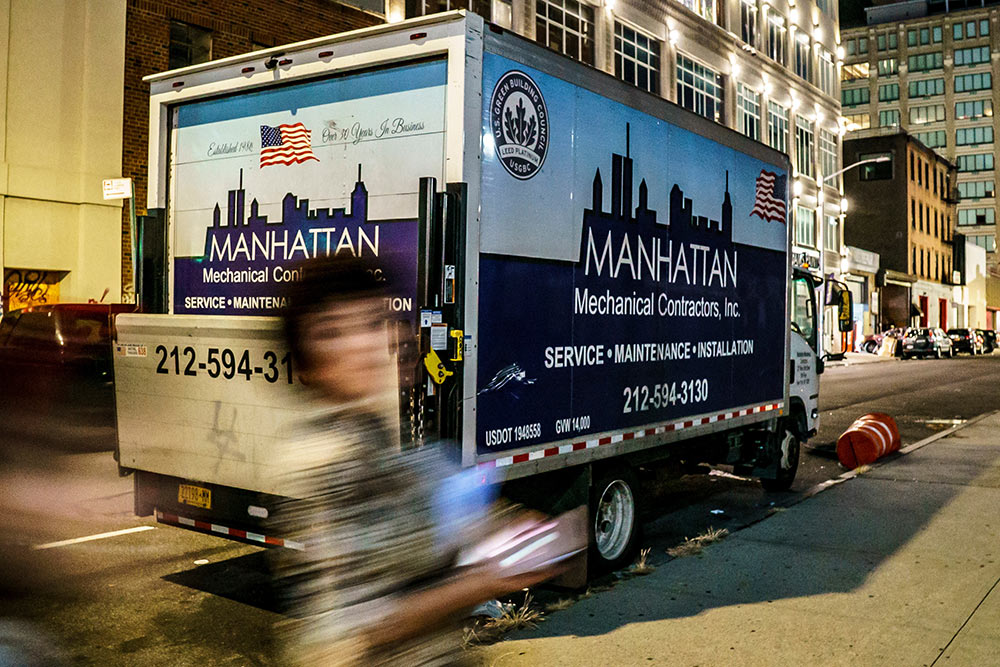
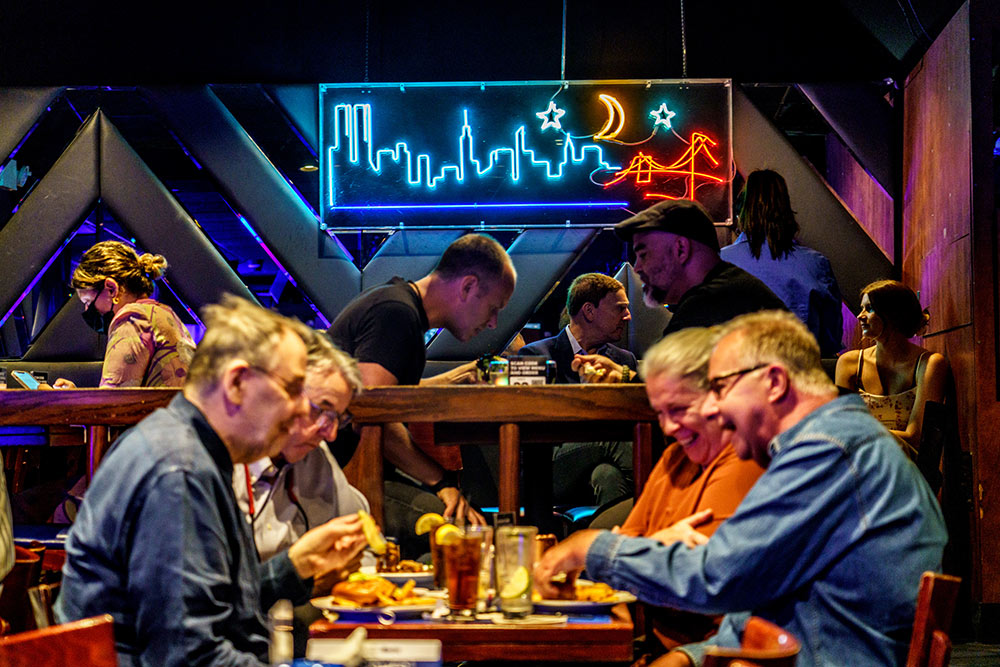
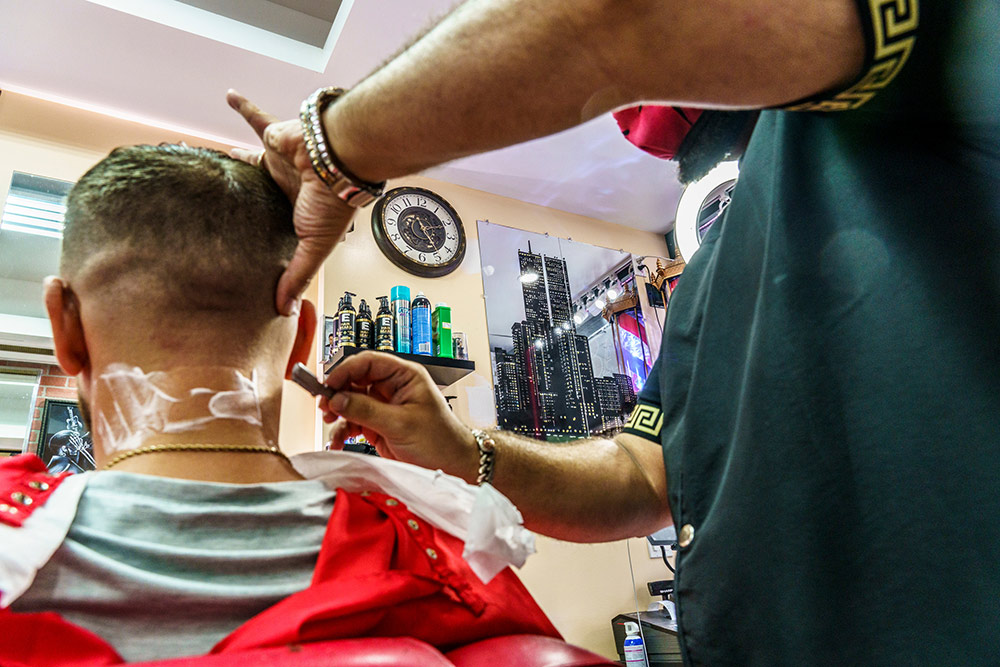
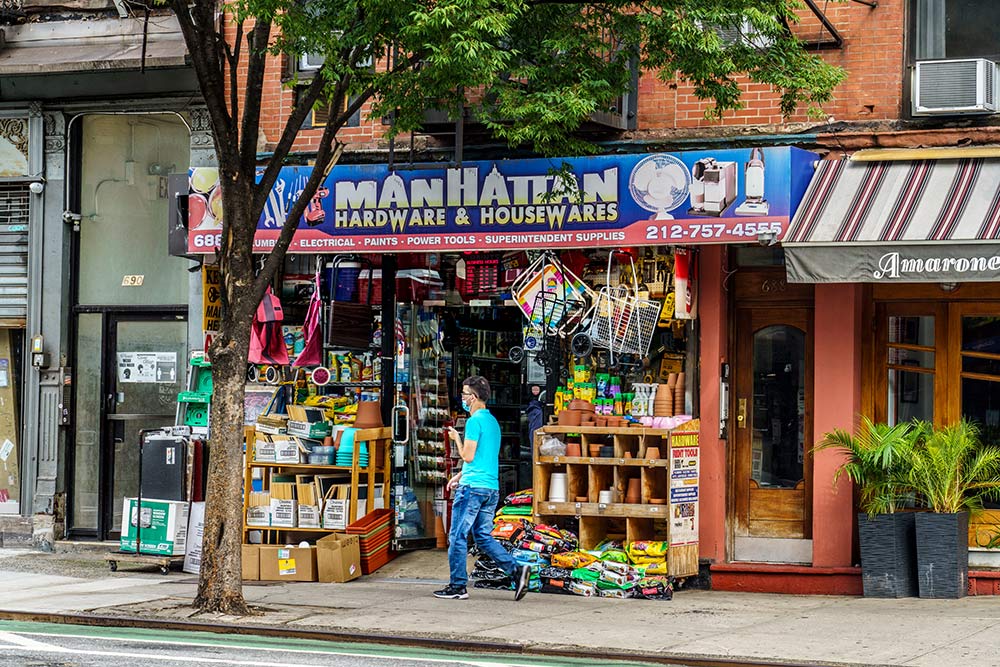
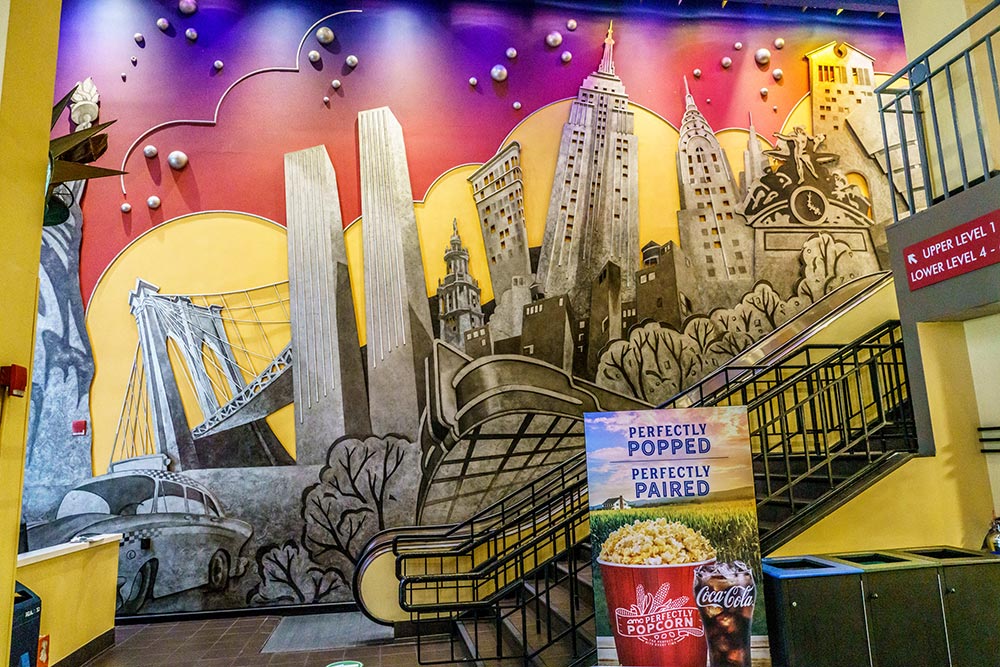
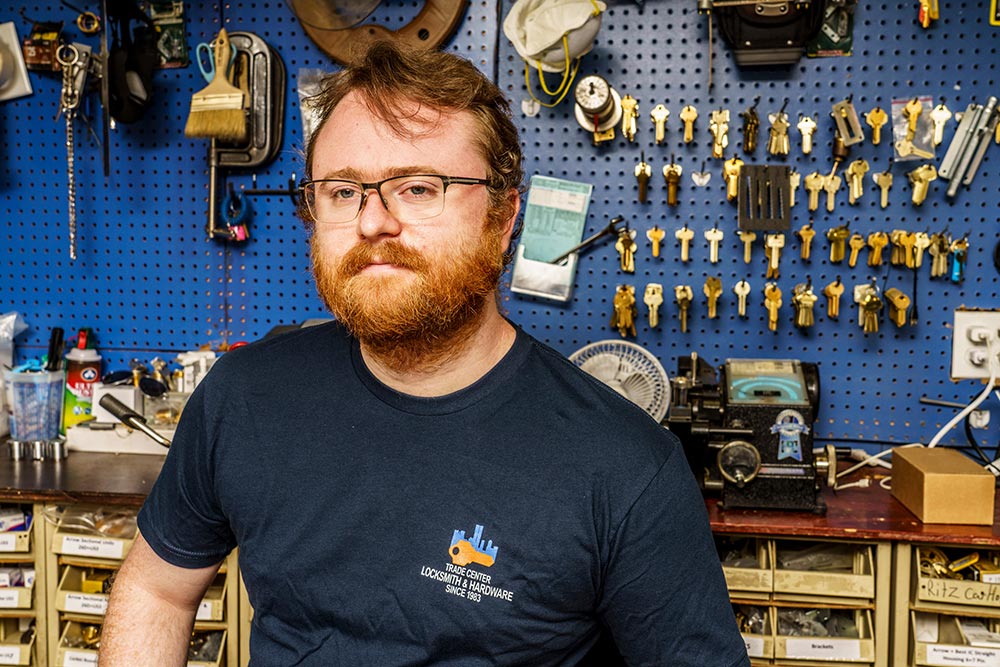

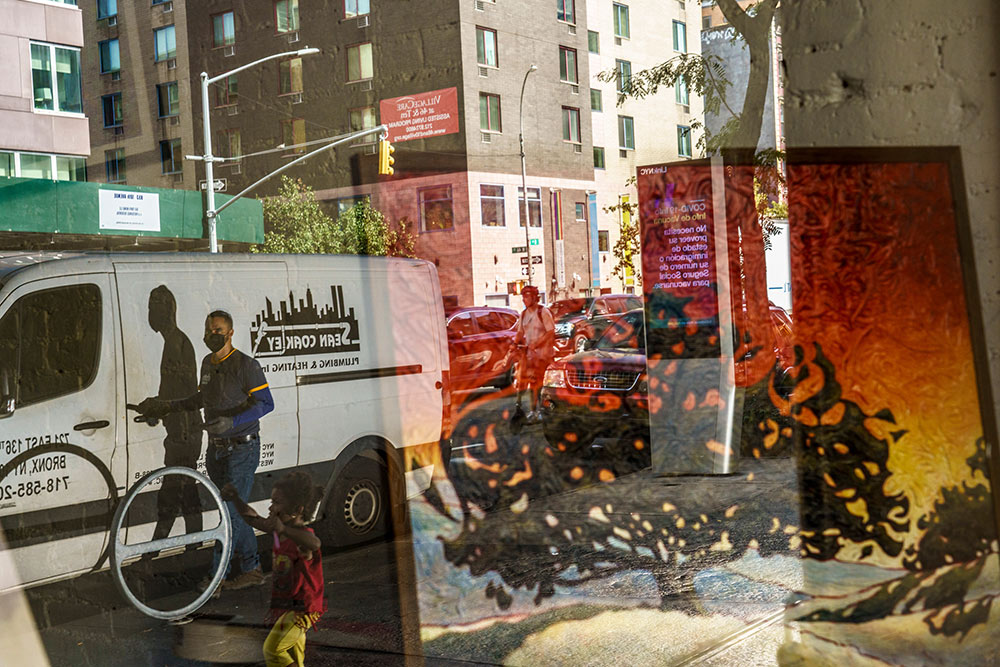
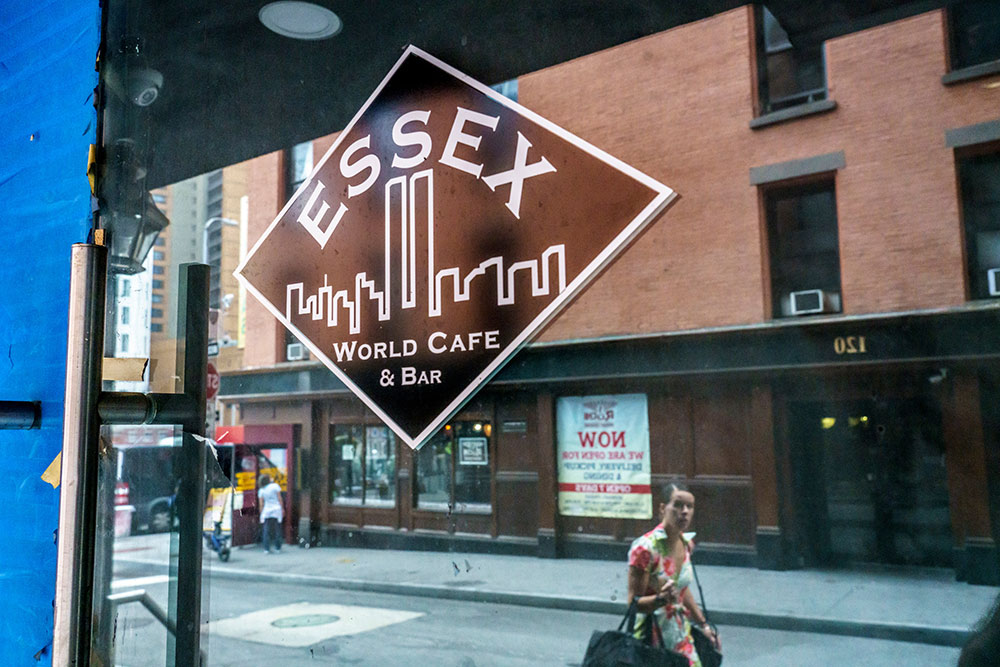

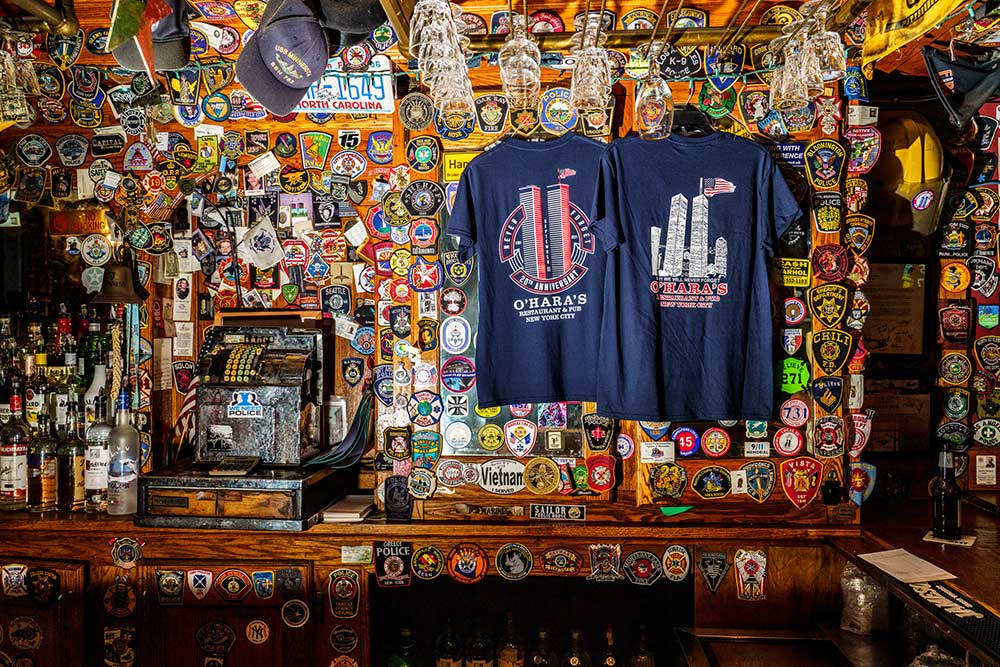
译者:朴成奎
在1973年纽约世贸中心双子塔刚刚竣工的时候,曾经获得普利策奖的建筑评论家霍爱妲(Ada Louise Huxtable)在《纽约时报》撰文称,双子塔虽然是当时全球最高的建筑,但“并非伟大的建筑,纽约港务局(也就是双子塔的政府开发方)的这个项目,就像一部迪士尼的童话大片,是一个通用汽车风与哥特风杂糅的建筑。”这算不上是正面的评价,而日后闻名世界的双子塔也从来不是纽约人的最爱。1987年的一期《纽约》杂志以《纽约人最讨厌的建筑》作为封面故事,而双子塔在10个上榜建筑中排名第5位,理由是:“虽然双子塔周围十分繁华,而且每天都有13万人从它身下经过,但它看起来就像是据守曼哈顿下城的两只大海怪。”
尽管反响平平,但双子塔还是很快成为了纽约的象征。特别是摄影师们发现,不过论从地上、海上还是空中观察,双子塔都堪称是曼哈顿的地标建筑。从空中看,纽约市的行政区域仿佛一个巨大的五角星,而双子塔正好位于这个五角星的正中。这是一座你无论无何都无法忽视的建筑,所以纽约人最终还是接受了它成为继帝国大厦和克莱斯勒大厦之后的纽约第三大地标。
如今,在“后9·11时代”的纽约市,双子塔已经成了一个标志、一种象征。如果你仔细观察的话,你会发现双子塔无处不在。它们经常出现在餐厅和商店的标识上,像一个幻肢一样矗立在它们原来的位置。在“9·11”事件20周年之际,《财富》杂志与摄影师马克·彼得森一道,探索了在倒掉20年后,双子塔如何继续影响和塑造着这座它们曾经矗立过的城市。
译者:朴成奎
When construction of the World Trade Center’s North and South towers was completed in 1973, the Pulitzer Prize–winning architecture critic Ada Louise Huxtable wrote in the New York Times that the world’s tallest towers ”are big buildings, but they are not great architecture…The Port Authority [the WTC government developer] has built the ultimate Disneyland fairy-tale blockbuster. It is General Motors Gothic.” It was not a glowing review, and the “Twin Towers,” as they would come to be known in New York City and beyond, were hardly hometown darlings. A 1987 New York magazine cover story, “The Buildings New Yorkers Love to Hate,” in which the towers came in fifth in a list of 10, summed it up: “For all the hoopla surrounding them and the 130,000 people who pass through daily, they seem the Scylla and Charybdis of lower Manhattan.”
Despite the tepid reception, the towers quickly became the symbol for New York. Soon photographers, inspired by their simple design and powerful rise from the southern tip of Manhattan island, found that dramatic images of the city could be made from the ground, the air, and the water. From above, the towers were the center of a five-point star that make up the boroughs of New York City. They were impossible to ignore, and residents eventually embraced them as integral to the city, a close third behind the beloved Empire State and Chrysler buildings.
Now in the post-9/11 city, the Twin Towers are both symbol and icon. They are seen everywhere here if you look. They are drawn in the logos of local shops and restaurants, still a subtle part of the skyline, like a phantom limb. Ahead of the 20th anniversary of the fall of the towers, Fortune has teamed with photographer Mark Peterson to explore how, two decades later, the towers still shape the city where they once stood.






